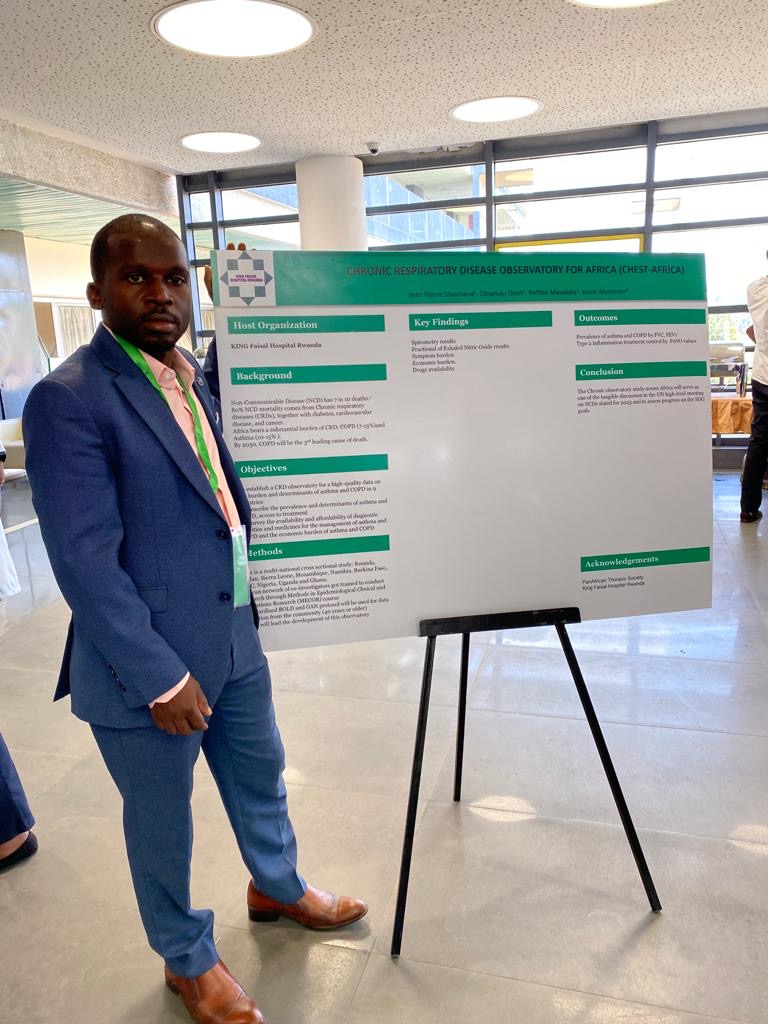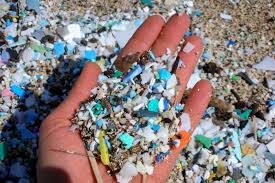Invisible Threats: Microplastics and Particulate Matter Affecting Human Health

Recent studies have highlighted the dangers of microplastics and particulate matter (PM) – two pollutants linked to respiratory diseases, digestive problems, reproductive problems and cancer. Scientists warn that these invisible pollutants, which are present in the air we breathe and the food we eat, pose serious risks to the human body.
A systematic review conducted by the University of Sydney and the University of California, Berkeley examined nearly 3,000 studies on microplastic exposure. The study, which used methods approved by the National Academy of Sciences, found strong evidence that microplastics can harm the reproductive, digestive and respiratory systems. Lead author Nicolas Chartres, PhD, highlighted the importance of the findings:
“Across the different studies, we found that everything was going in the same direction – it was harm.”

The review linked microplastics to reduced sperm quality, hormone disruption, chronic inflammation, and an increased risk of lung and colon cancer. Microplastics not only contaminate food and water, but they also carry toxic chemicals that can inhibit biological processes.
Inhaled microplastics can enter the lungs, causing inflammation and increasing the risk of lung disease. Dr. Chartres stressed that plastic bans play a crucial role, warning:
“We cannot solve this problem any other way.”
Microplastics enter our bodies through consumption and inhalation, while particulate matter (PM) is an invisible threat in the air.
PM consists of visible particles suspended in the air and comes from industrial waste, vehicle exhaust, forest fires and household waste. The most dangerous is PM2.5 (particles smaller than 2.5 microns), which can penetrate the lungs and even enter the bloodstream.
Dr. Sibomana Jean Pierre, a pulmonologist at King Faisal Hospital in Rwanda, explained the seriousness of the problem:
“When PM2.5 enters the bloodstream, it can cause long-term damage to the human body, leading to respiratory diseases and heart disease. Over time, it can also cause cancer.”

He explained their small size:
“If you take the width of a human hair and divide it by 50, that’s the size of PM2.5, which can penetrate the lungs, enter the bloodstream, and damage the lining of the “large intestine.” ”
Scientific studies have confirmed that PM2.5 increases the risk of lung cancer, heart disease, and chronic respiratory diseases.
The World Health Organization (WHO) estimates that more than 4 million deaths each year are attributed to exposure to PM2.5. Children, the elderly, and people with underlying health conditions are more susceptible to infection.
These particles are not only outdoors, but also indoor air pollution caused by cooking with gas, coal, or wood, which is a significant source of mercury exposure. Surprisingly, recent studies show that microplastics are now in the air, meaning we breathe them in along with PM2.5.
A study published in Environmental Science and Technology found that the average person breathes in thousands of microplastic particles each year, which interact with PM2.5 and worsen respiratory and heart disease. The combination of these pollutants may have more serious health consequences than previously recognized.
Public health experts are calling for urgent action to reduce these risks. Reducing the presence of these pollutants in the environment requires stricter regulation of plastic production, better waste management, and reduced industrial emissions. In addition, people can take steps to improve indoor air quality, ensure adequate ventilation when cooking, and limit exposure to products containing plastic.
The combined threat of microplastics and particulate matter represents a growing global health concern. The rise in cancer, respiratory diseases and birth defects requires urgent action from governments, businesses and individuals.
According to Dr. Sibomana, the author warns:
“Even small amounts of these pollutants can have lifelong effects.” Without help, the damage could be irreversible.
The following are some examples of microplastics and particulate matter (PM):



Trending Now
Hot Topics
Related Articles
Enroll Now Before 31 December 2025: International German Language Exams Launch in Rwanda
Rwanda will host the European Consortium for the Certificate of Attainment in...
Rwanda Validates Environment and Climate Change Mainstreaming Strategy 2024–2029
This Tuesday, 23 December 2025, the Rwanda Environment Management Authority (REMA), in...
Rwanda Opens New Doors with International German Language Certification
Rwanda has taken a significant step in expanding access to global education...
Rwanda Expands Education Partnership with Zimbabwe to Include Model Schools
Rwanda has expanded its education cooperation with Zimbabwe to include model schools,...














Leave a comment